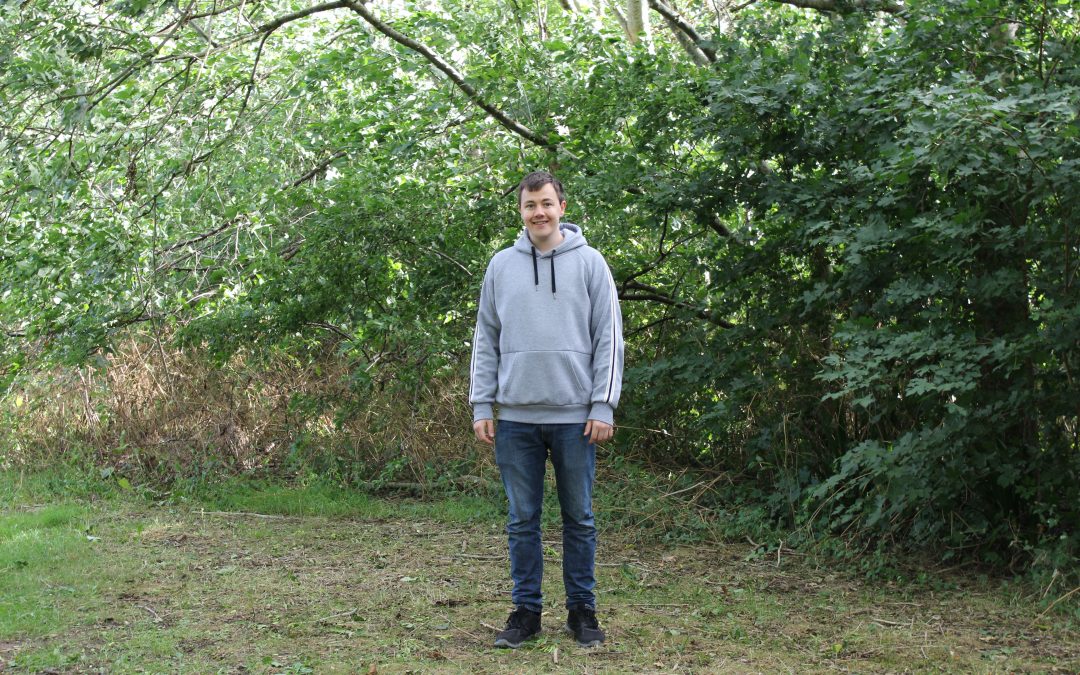I’m Richard, a 25-year-old who lives with Ankylosing Spondylitis (AS). I’ve always been inspired by hearing other peoples stories and now feel empowered to share my own experiences which may benefit others and help raise awareness for the condition.
Having been diagnosed with axial SpA (AS) when I was 23-years-old, I was concerned about what the future would hold. My dad has the same condition, and while I was growing-up I witnessed some of the difficulties and challenges the disease causes in everyday life.
As someone who is usually very positive and optimistic, I felt as though I could handle it. When I started experiencing symptoms and speaking with my dad about it, we both had a suspicion it could be axial SpA (AS).
Even though I had my suspicions, actually hearing my rheumatologist give me the diagnosis felt very daunting.
Here’s a video I made about Ankylosing Spondylitis talking about how I was diagnosed:
Being very passionate about my work and operating two businesses, I am a mobile DJ and website designer. One of my immediate concerns after I got diagnosed was being able to work in the same capacity as before.
Once I came to terms with my diagnosis I became determined to continue doing what I enjoy and decided nothing was going to stop me.
I created an action plan. I thought what could I do to best manage the condition, after a lot of research and speaking with my rheumatologist it was clear the answer was regular exercise, monitoring pain levels and diet. I started working with a personal trainer which helped me create a workout plan and ensure I was exercising with a good technique to prevent injury. Once I had a regular workout routine and had a healthier diet I noticed my pain levels reduced, I’d still have flare-ups from time to time but they were more manageable.
After a while I was fortunate enough to attend a two week axial SpA (AS) course at the Royal National Hospital For Rheumatic Diseases (RNHRD) which allowed me to learn more about the disease, learn new exercises and speak with other people that had the condition which was invaluable. I’d highly recommend the course to anyone that has the opportunity to attend.
Nowadays, I continue to manage the disease through regular exercise, I aim for 3 gym workouts per week, daily stretches, regular walks (having a dog certainly helps) and attend regular NASS sessions for an additional gym session and hydrotherapy. I also keep an eye on my diet as I’ve noticed too much fatty food tends to trigger a painful flare-up.
Taking the time to learn about axial SpA (AS) and how my body reacts to certain situations has allowed me to continue working and doing what I am passionate about.
While I want this post to be positive and inspire others, I want to make it clear I still experience pain, flare-ups and heavy fatigue on an ongoing basis. I’ve accepted the condition isn’t going anywhere and know sometimes it’ll be more difficult than others, however, I’m certainly not letting this disease take control of my life.
Richard is a multi-business owner who lives with axial SpA (AS) and has started documenting his journey on YouTube. You can follow Richard on Instagram, YouTube and Twitter.



